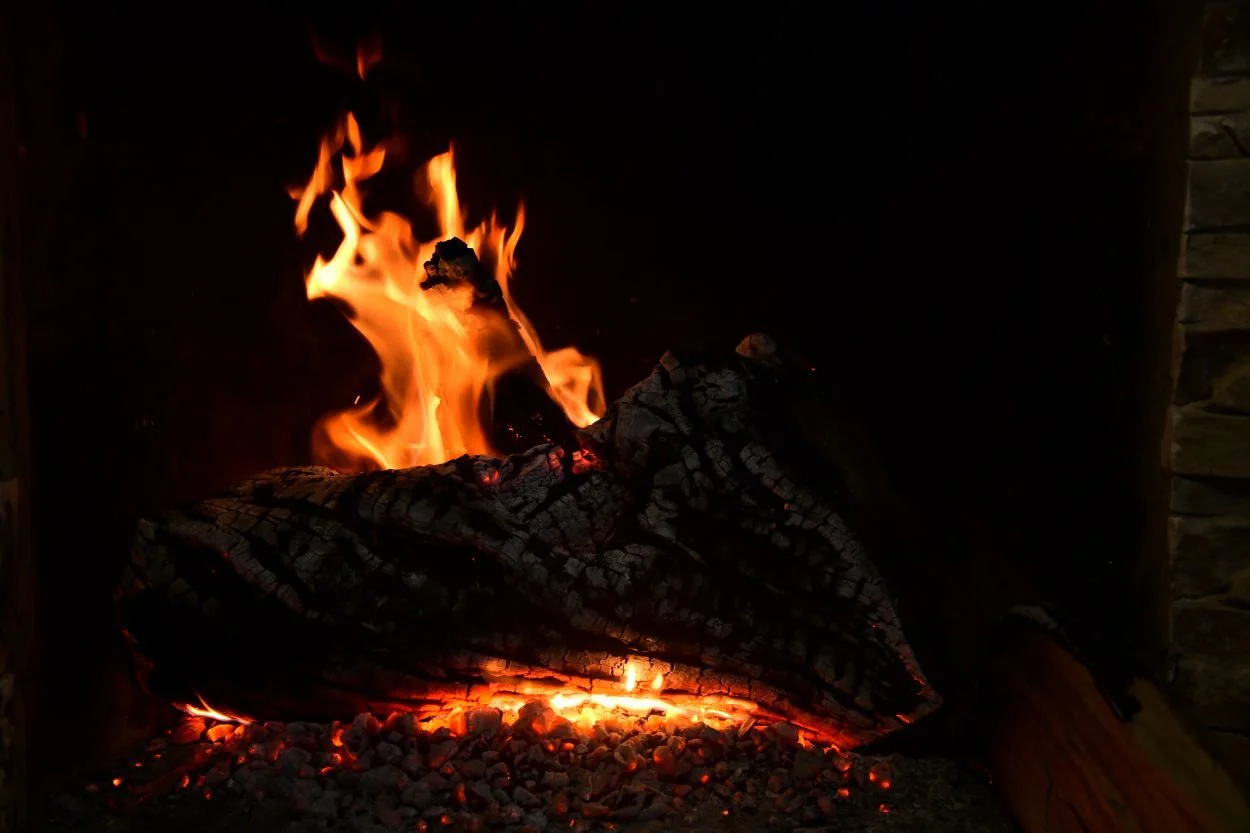Scientists from the Weizmann Institute of Science have been able to detect nonvisual traces of fire dating back at least 800,000 years, one of the earliest known examples for the controlled use of fire.
It has been speculated that the ancient hominins used fire as far back as 1 million years ago, a period when Homo habilis began its transition to Homo erectus.
Called the ‘cooking hypothesis’, fire was believed to have been instrumental in our evolution, not only for allowing hominins to stay warm, craft weapons and ward off predators, but also for cooking to eliminate pathogens and increase the digestion and nutritional value of food.
The only problem with this hypothesis is a lack of data: since finding archaeological evidence of pyrotechnology primarily relies on visual identification of modifications resulting from the combustion of objects (mainly, a colour change), traditional methods have managed to find widespread evidence of fire use no older than 200,000 years. While there is some evidence of fire dating back to 500,000 years ago, it remains sparse, with only five archaeological sites around the world providing reliable evidence of ancient fire.
Using a pioneering method of applying AI and spectroscopy, researchers from Weizmann’s Plant and Environmental Sciences Department were previously able to find indications of controlled burning on stone tools in Israel that date back to between 200,000 and 420,000 years ago.
They applied the same technique to assess the heat exposure of artefacts found at Evron Quarry, a Palaeolithic site in Western Galilee with stone tools and animal fossils that date back to between 800,000 and 1 million years ago.
The results revealed that 26 flint tools had been heated to a wide range of temperatures – some exceeding 600°C. In addition, using a different spectroscopic technique, they analysed 87 faunal remains and discovered that the tusk of an extinct elephant also exhibited structural changes resulting from heating.
According to the research team – “by looking at the archaeology from a different perspective, using new tools, we may find much more than we initially thought. The methods they’ve developed could be applied, for example, at other Lower Palaeolithic sites to identify nonvisual evidence of fire use. Furthermore, this method could perhaps offer a renewed spatiotemporal perspective on the origins and controlled use of fire, helping us to better understand how hominin’s pyrotechnology-related behaviours evolved and drove other behaviours.”
Weizmann Institute of Science
https://doi.org/10.1073/pnas.2123439119
Header Image Credit : Shutterstock
